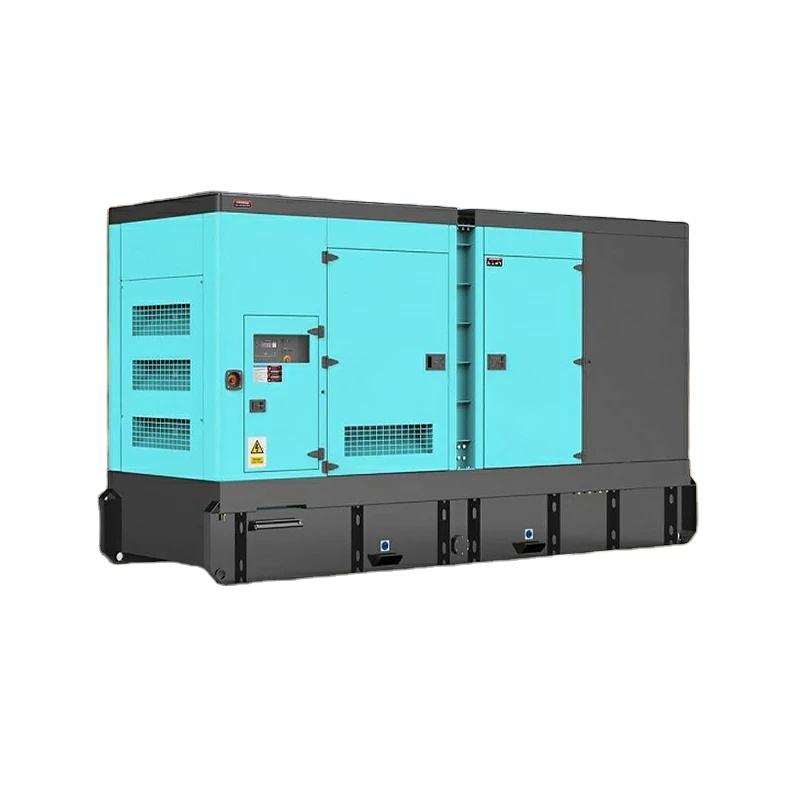Choosing the right generator set for your needs often boils down to a critical decision: opting for a locally manufactured unit or going with an imported one. This isn't a simple choice, as both options come with their own set of advantages and disadvantages regarding quality and, of course, cost. Making an informed decision requires a thorough understanding of these factors, and that’s exactly what we'll explore here.
Quality Considerations
When it comes to quality, several aspects come into play. Local manufacturers sometimes face challenges in accessing cutting-edge technology and maintaining consistent quality control. This can lead to variations in performance and durability. However, many local manufacturers excel in building generators specifically designed for the local climate and fuel quality, potentially leading to enhanced reliability in specific environments. Imported generator sets, often produced by established global brands, generally benefit from advanced manufacturing processes and rigorous quality control standards, resulting in higher precision engineering and potentially longer lifespans. However, their design might not always be optimized for local conditions, such as extreme temperatures or variations in fuel quality.
Another important factor to consider is after-sales service and parts availability. Local manufacturers often offer readily available parts and faster service turnaround times, minimizing downtime. With imported generators, sourcing specific parts can sometimes be challenging and lead to extended delays in repairs. Think about it – how frustrating would it be to have your power out while waiting weeks for a replacement part?
Understanding Local Regulations and Standards
Local manufacturers inherently adhere to regional regulations and standards, ensuring compliance and simplifying installation processes. Imported units may require adjustments or modifications to meet these requirements, adding to the overall cost and complexity. Furthermore, local manufacturers often offer customized solutions tailored to specific needs, a flexibility that might be less readily available with imported generators.
Cost Analysis
The initial purchase price often plays a significant role in the decision-making process. Local generators, due to lower manufacturing and transportation costs, typically come with a more attractive upfront price tag. Imported generators, burdened by import duties, shipping expenses, and currency fluctuations, often carry a premium. However, the long-term cost of ownership should also be factored in. While a local generator might seem cheaper initially, potential repair costs, shorter lifespan, and lower fuel efficiency could ultimately make it a more expensive option in the long run. Imported generators, despite the higher initial investment, might offer better fuel efficiency, require fewer repairs, and have a longer lifespan, potentially resulting in lower total cost of ownership over time.
Hidden Costs to Consider
Beyond the sticker price, consider hidden costs such as installation, maintenance, and potential modifications. Local generators might offer simpler installation due to readily available expertise and pre-configured settings. Imported generators might require specialized technicians and potentially costly adjustments for local power grids and fuel types.
Practical Applications and Examples
Consider a small business operating in a remote area with limited access to imported parts. In this scenario, a locally manufactured generator provides a practical solution due to readily available service and parts, minimizing potential downtime. Conversely, a large industrial facility requiring high power output and reliability might benefit from an imported generator's advanced technology and robust build, despite the higher upfront cost.
Imagine a hospital relying on backup power during emergencies. The reliability and performance of the generator become paramount. In such a case, the long-term reliability and consistent performance often associated with imported generators, even with the higher initial investment, could be the deciding factor. What would be the cost of a power outage during a critical medical procedure?
Making the Right Choice
Ultimately, choosing between a local and imported generator set involves carefully evaluating your specific needs, budget, and long-term operational requirements. Consider factors such as required power output, operating environment, fuel availability, maintenance accessibility, and, of course, both upfront and long-term costs. Prioritizing these aspects ensures a well-informed decision that aligns with your power generation needs.
Don’t just focus on the initial price tag. Think about the long-term costs, including maintenance, repairs, and fuel consumption. A slightly higher initial investment might translate to significant savings and peace of mind down the road. Consider the total cost of ownership, not just the initial purchase price.
Conclusion
Navigating the decision between local and imported generator sets requires a comprehensive understanding of quality and cost implications. By carefully weighing factors such as local regulations, maintenance accessibility, long-term operational costs, and specific application requirements, you can make an informed decision that effectively balances performance, reliability, and budget considerations. Choosing the right generator, whether local or imported, is a crucial investment that ensures a reliable power supply for your specific needs.





